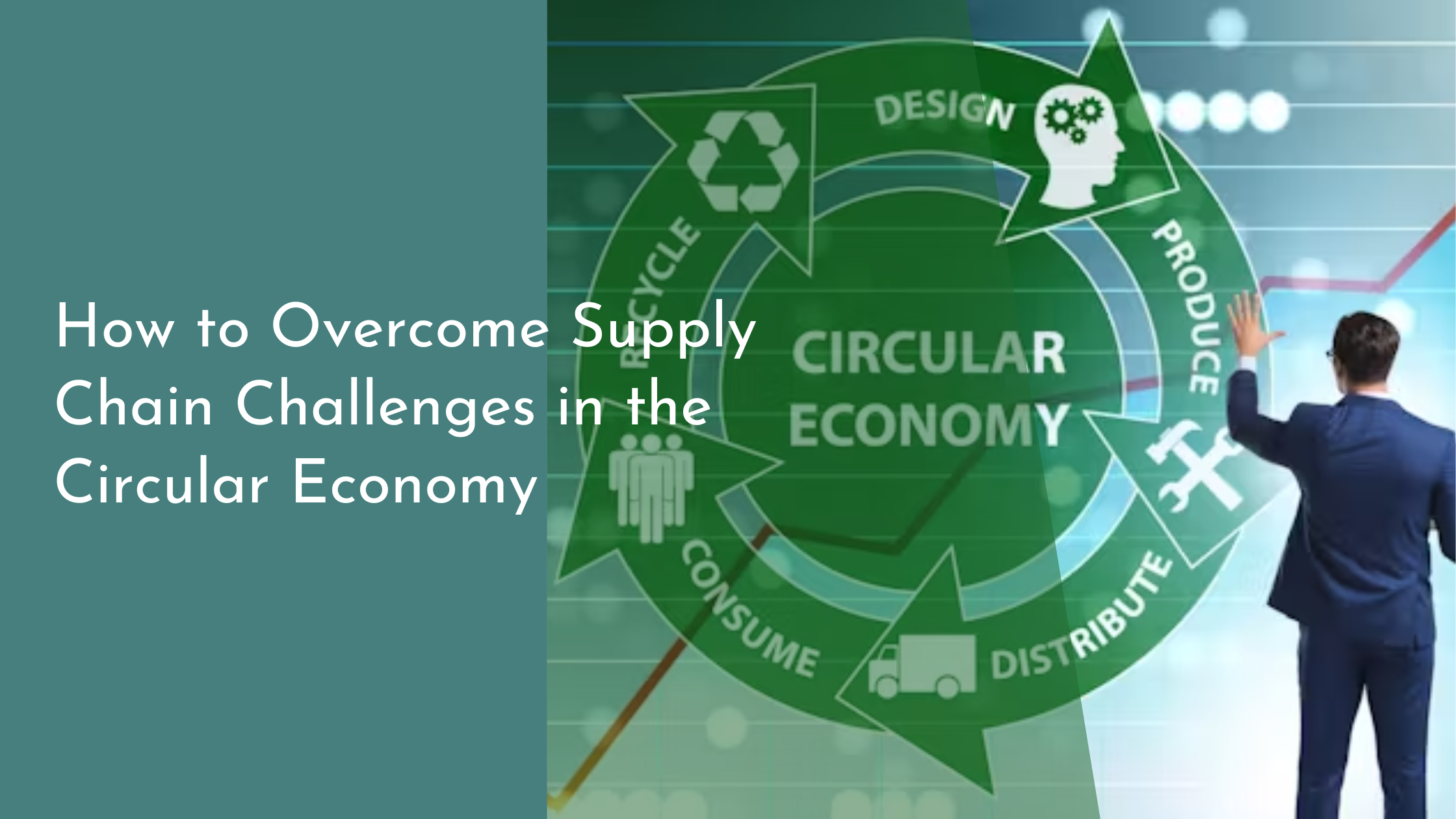How to Overcome Supply Chain Challenges in the Circular Economy
In recent years, the circular economy has emerged as a vital model to promote sustainable growth by minimizing waste and maximizing resource efficiency. Unlike the traditional linear economy, which follows a ‘take, make, dispose’ pattern, the circular economy emphasizes reusing, repairing, refurbishing, and recycling existing materials and products. However, transitioning to this model presents various supply chain challenges that businesses need to navigate effectively. This article explores the dynamics of the circular economy, identifies the key obstacles within supply chains, and suggests innovative solutions to overcome these challenges, ultimately embracing the wealth of opportunities the circular economy offers.
Understanding Circular Economy Dynamics
The circular economy is rooted in three core principles: design out waste and pollution, keep products and materials in use, and regenerate natural systems. These principles aim to create closed-loop systems that minimize resource input, waste, emissions, and energy leakage. The shift from a linear to a circular economy requires rethinking product life cycles—from sustainable design and sourcing to efficient manufacturing, distribution, and recovery processes. Understanding these dynamics is crucial for businesses seeking to adopt circular practices, as it involves not only material flow but also changes in business models and consumption patterns.
A significant aspect of circular economy dynamics is the role of collaboration among various stakeholders, including manufacturers, suppliers, consumers, and policymakers. Creating a successful circular economy ecosystem demands transparency and trust, enabling information sharing and efficient reverse logistics. This interconnected network ensures that products and materials are continuously cycled back into the economy, thereby reducing the demand for virgin resources. By understanding these dynamics, businesses can better align their strategies to support circular initiatives and create long-term value.
Identifying Key Supply Chain Obstacles
One of the primary obstacles in transitioning to a circular economy is the complexity of supply chain logistics. Traditional supply chains are often linear and optimized for cost efficiency, leaving little room for the reverse logistics necessary for recycling and refurbishing. This includes the collection, sorting, and transportation of used products or materials, which can be costly and logistically challenging. Businesses need to redefine their supply chain processes to accommodate the intricacies of a circular model, often requiring new technologies and infrastructure investments.
Another significant challenge is the lack of standardized regulations and guidelines for circular economy supply chains. Inconsistent policies across regions and industries can hinder the seamless flow of materials and disrupt circular initiatives. Companies often face difficulties in managing diverse regulatory requirements, which can lead to increased costs and compliance risks. The absence of a global framework for circular economy practices necessitates that businesses stay informed and adaptable, continuously monitoring legislative changes and adjusting their strategies accordingly.
Innovative Solutions for Supply Chain Success
To address the logistical complexities of circular supply chains, businesses can leverage digital technologies such as blockchain and the Internet of Things (IoT). These technologies enhance transparency and traceability, allowing companies to track products and materials throughout their life cycles. By implementing these solutions, businesses can streamline reverse logistics, reduce waste, and improve resource efficiency. Digital platforms also facilitate communication and collaboration among stakeholders, fostering a more robust circular economy network.
Collaboration is key to overcoming regulatory challenges and enhancing circular supply chains. Companies can join industry coalitions and work with government bodies to advocate for more consistent policies and standards. By engaging in public-private partnerships, businesses can contribute to the development of frameworks that support circular practices and promote policy harmonization. This collaborative approach not only helps navigate regulatory challenges but also drives innovation and accelerates the transition to a circular economy.
Embracing the circular economy offers a multitude of opportunities for businesses willing to innovate and adapt. By understanding the dynamics of circular systems, identifying key supply chain obstacles, and implementing innovative solutions, companies can turn challenges into advantages. The shift towards a circular economy not only promises environmental benefits but also opens new avenues for economic growth and competitive advantage. As businesses and society collectively move towards sustainable practices, the potential for positive change is immense. By embracing circular opportunities, companies play a crucial role in shaping a more sustainable and prosperous future for all.

